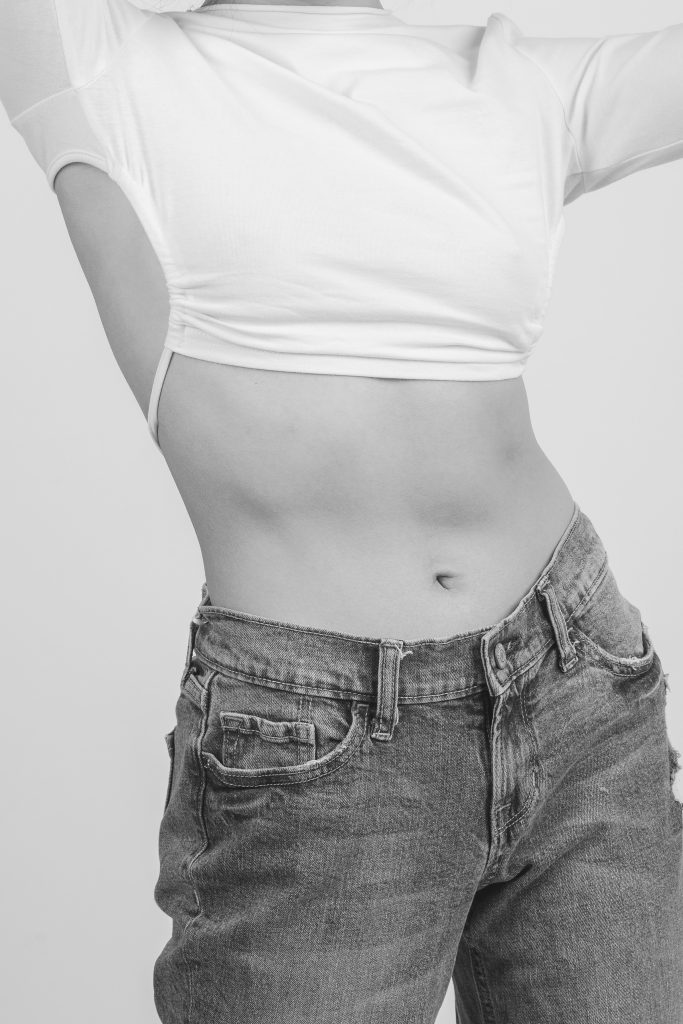Abdominoplasty
_______Dr. Mohan Rangaswamy______

INSTRUCTIONS
- Have someone drive you home after surgery and help you at home for 1-2 days.
- Get plenty of rest but walk about your room at least 4 times a day. It is good to bend down slightly at the hips;this relaxes your surgical incision.
- Follow balanced diet. Decreased activity may promote constipation, so you may want to add more raw fruit to your diet and be sure to increase fluid intake.
- Take pain medication as prescribed even if there is no pain;these also help to decrease swelling. Do not take aspirin or any products containing aspirin.
- Do not drink alcohol when taking pain medications. Even when not taking pain medications, no alcohol for 3 weeks as it causes fluid retention.
- Do not smoke, as smoking delays healing and increases the risk of complications.
ACTIVITIES
- Start walking as soon as possible, as this helps to reduce swelling and lowers the chance of blood clots.
- Do not drive until you are no longer taking any pain medications (narcotics).
- Do not drive until you have full range of motion with your arms.
- No lifting greater than 2 Kg for 6 weeks.
- You may resume sexual activity as comfort permits, usually 3 weeks postoperatively.
- Avoid straining of abdominal muscles. Strenuous exercise and activities are restricted for 6 weeks. Mild laxative can be prescribed by your doctor if you are prone to constipation.
- Return to work in 2 weeks and resume light exercise like walking on treadmill [no incline] by 3 weeks.
INCISION CARE
- You may have been given your first shower in the hospital before you left. You may shower daily but briefly with water-proof dressings on. Do not use hot water!!
- Follow the doctors/nurse advice about self-change or removal of dressings. Keep steri-strips on;replace if they come off till 2 weeks.
- Keep incisions clean and inspect daily for signs of infection using a mirror;do not pull up the skin in order to see better – this will open up the wound!!.
- Wear the compression garment for 3 weeks as instructed;taking them off only for showering or occasionally if you feel like having some freedom. After 2 weeks you may remove them when sleeping. The seam of the garment must be on the outside [yes they are designed with the stitch seam outside].
- No tub soaking for 2 weeks, ditto swimming in pool or open water.
- May wear soft support underpants for comfort;may pad incision with dressings for comfort.
- Sleep with pillow under knees and head elevated on 2 pillows.
- Avoid exposing scars to sun for at least 12 months. Always use a strong sunblock, if sun exposure is unavoidable (SPF 30 or greater).
WHAT TO EXPECT
- You may experience temporary pain, soreness, numbness of abdominal skin, incision discomfort. Pain I muscles of mid abdomen may increase with movement, straining or cough. Support that area by both hands if you need to cough, do not suppress the cough. you may use Mucoslovon 10 ml three times to loosen the phlegm.
- Maximum discomfort will occur the first few days only, it will improve with every passing day.
- You will have bruising and swelling of the abdomen. The majority of bruising and swelling will subside in 4 weeks.
- You may feel tired for several weeks, take brief rests to gather your energy again.
APPEARANCE
- Flatter, firmer abdomen with narrower waistline.
- The pubis area may have redness or swelling for 2 weeks or more.
- You will walk slightly bent forward and gradually return to normal posture over next 3 weeks.
- Scars will be reddened for 6 months. After that, they will fade and soften.
- The scar will extend from near one hipbone to the other, low on the abdomen.
Area above the scar will be numb and may feel hardened, massaging this area helps it to soften.
FOLLOW-UP CARE
Your clinic nurse will set up the follow-up visits. Try to keep a stable weight or achieve gradual weight loss if indicated. Crash loss of weight is not recommended. It is good to visit your plastic surgeon annually for a check-up if possible.
WHEN TO CALL
- If you have increased swelling or bruising.
- If swelling and redness persist after a few days.
- If you have increased redness along the incision.
- If you have severe or increased pain not relieved by medication.
- If you have any side effects to medications;such as, rash, nausea, headache, Vomiting, diarrheoa.
- If you have an oral temperature over 100.4 degrees or cough.
- If you have any yellowish or greenish drainage from the incisions or notice a foul odor.
- If you have bleeding from the incisions that is difficult to control with light pressure.
- If you have significant leg swelling.

